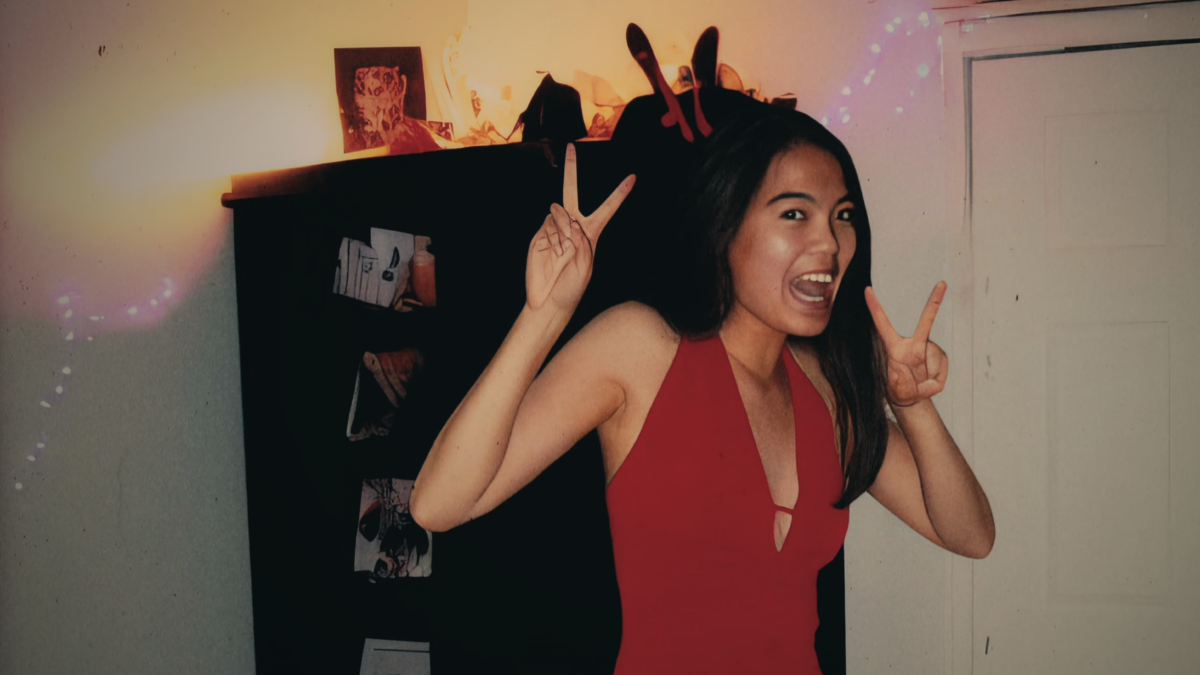Netflix’s Latest True Crime Doc Uses AI-Generated Photos

What Jennifer Did, Netflix’s new true crime doc about a teen who paid three men to murder her parents in 2010, uses AI-generated images presented as “archival” photos of its subject. Netflix certainly isn’t helping the true crime genre beat the exploitation allegations.
The debate over whether and to what extent the true crime genre exploits its subjects has encountered a new wrinkle: AI. As first reported by Futurism, the new Netflix doc What Jennifer Did features photos of its subject, Jennifer Pan, that were obviously either generated or heavily manipulated by AI. Directed by Jenny Popplewell (American Murder: The Family Next Door), the documentary revisits the murder of Bich Ha Pan and the attempted murder of her husband, Huei Hann Pan, in Toronto in 2010. Investigators determined that their teen daughter, Jennifer, paid three men—including her ex-boyfriend—to kill the couple.
Early on in the documentary, Popplewell interviews Nam Nguyen, a former friend of Pan’s who describes the teen as “bubbly, happy, confident, and very genuine.” As he speaks, the doc cuts to photos of Pan that ostensibly fit this description—photos that may have been fabricated entirely by AI:
The first photo (above) features multiple signs that the image was either generated or heavily manipulated by AI, including distorted hands, fingers, and physical features, as well as weird hallucinatory aspects—look at the top of Pan’s head and the area at the top of the bookcase behind her. It’s as if AI attempted to create a composite of multiple image elements, resulting in nonsensical visual elements.
In this second photo, Pan’s face has distorted features and her ears are unnaturally aligned. One of her front teeth is extremely long, while the rest are sort of erratically placed. The light source is inconsistent, as evidenced by the varying colors and angles of exposure. When compared to actual archival photos of Pan in the documentary, it’s obvious that these photos are the work of AI.
We often debate the merits and purpose of true crime docs; whether those films should feature interviews with murderers or whether they should proceed without the consent of the victims involved, and who ultimately benefits from the production of true crime content. And there is a debate to be had about What Jennifer Did, which feels rote and only skims the surface of Pan’s relationship with her parents, who were ethnically Chinese and immigrated from Vietnam. In her 2015 article for Toronto Life, journalist Karen K. Ho—a former classmate of Pan’s—foregrounds the dynamic between Jennifer and her parents, who, like many other immigrant parents, pressured their child to succeed. That doesn’t exonerate Jennifer, nor does it justify her actions, but it is important cultural context that What Jennifer Did isn’t as invested in exploring.
By incorporating AI-generated photos, What Jennifer Did is shifting the ethical goalposts of true crime content production. Journalists and documentarians are held to certain standards of integrity. Sometimes that means we don’t always have access to all the materials we would like, or that we can’t come up with the perfect photo or clip to underline a certain point in the narrative. It’s the job of journalists and documentarians to report stories from the past based on the available facts and archival media, not to falsify new ones—or, possibly, severely distort existing materials to fit a desired narrative.
Pan is currently serving a life sentence for the murder-for-hire plot, but that doesn’t justify the misappropriation and manipulation of her image. While people incarcerated for committing violent crimes are no longer entitled to basic freedoms and privileges, they don’t deserve to be exploited any more than their own victims.
(featured image: Netflix)
Have a tip we should know? tips@themarysue.com